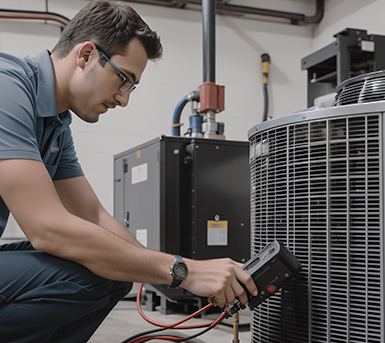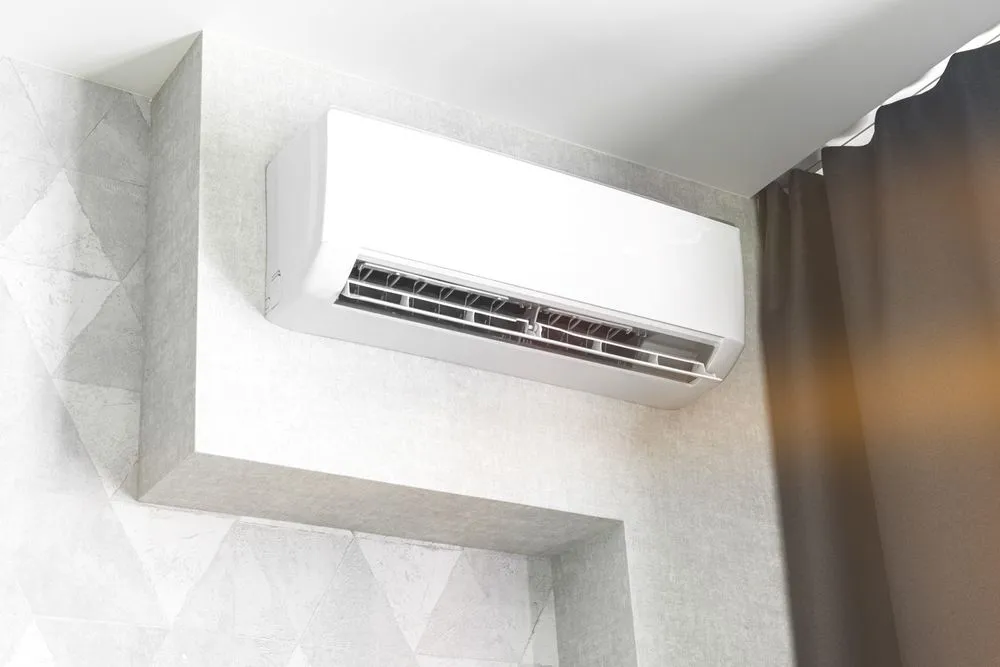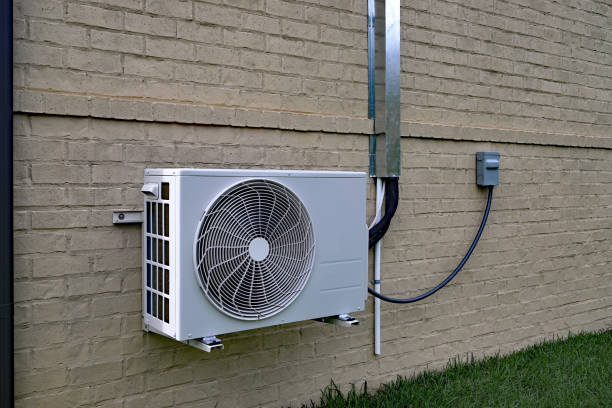Heat pumps will automatically heat or cool your home based on the surrounding temperatures
Basically, heat pumps are compressor air conditioners system which can be operated in reverse.
Solar Energy Today
Standby Generators
Battery Backup
Basically, heat pumps are compressor air conditioners system which can be operated in reverse.
These ratings gauge the performance and efficiency of the heating or cooling pump units.
SEER stands for Seasonal Energy Efficiency Rating while HSPF stands for Heating Seasonal Performance Factor. SEER ratings have to be seen when you are looking for the cooling factor. It decides how efficiently the pump would help in cooling the area. Similarly, HSPF ratings have to be checked when you plan to heat up the area. This decides how good the heating factor of the pump works. Therefore, when you plan to buy a heat pump, ensure to check its HSPF ratings to know how good it would perform in your home or office.
So if you are planning to reduce your bills along with getting an efficient heating solution for your home or office, a heat pump is best choice for you.

What is a
“Mini-split”?
Unlike a window air conditioner which is "self-contained", or one piece, a mini-split air conditioner or mini-split heat pump consists of two separate components: an outdoor condenser, and an indoor evaporator.
The system is therefore "split" into the compression and expansion stages of the refrigeration cycle. Refrigerant lines and electrical wires connect the condenser to the evaporator. The outdoor unit contains a compressor which pumps the refrigerant to the indoor evaporator where it expands and cools. A fan behind the evaporator coil blows the cool air into the room. Because the coil and fan blow directly into the room, the term "ductless" applies because no distribution system is required.
A ductless mini-split system is similar to a central air system in that the evaporator is "split" from the condenser, but unlike a central air system, no duct work is required.
There are four types of mini-split models.
Each type of mini-split is defined by the INDOOR segment or evaporator.


Wall mounted evaporators are the most commonly used. These are usually mounted on an outside wall.
Ceiling mounted evaporators are usually installed in commercial applications. They can be hung from the ceiling structure and most will fit a dropped ceiling format.
Floor mounted evaporators are exactly that, they can be positioned on the floor.
Most mini-splits are ductless, where wall space is unavailable, models which require duct work may be used.
Keep in mind that all air conditioners produce water, condensate, as a by-product, and this water must be collected and exhausted.
Advantages of mini-split air conditioners:
1
Because their size is not confined to that of a window's opening, most mini-split air conditioners are designed with large evaporator and condensing coils. Larger coils allow for better air flow and higher efficiencies.
Spot cooling. Whereas central air conditioners usually cool an entire are, mini-splits can be more selective and cool specific areas and individual rooms.
2
Because the compressor, or pump, is located outside, a mini-split is considerably quieter than a window unit.
3
A two or three inch hole on the outside wall, instead of the extensive hole-cutting and installation of duct work , make mini-splits installation simple and much less time consuming than central air systems.
4
A mini-split heat pump can also supplement an inadequate heating system and add comfort to a room.
?
A mini-split air conditioner is much quieter and much more efficient than a window unit. A mini-split air conditioner does not leak outside air into the space. Does not have to be removed or covered in the winter. Most mini-split air conditioners are also heat pumps and can be used quite effectively in moderate temperatures.
A mini-split air conditioner is a simpler and quicker installation. No cutting of floors or ceilings are required for a wall mounted model. Ducts are not needed. Attic duct work alone can account for a twenty five percent drop in efficiency.
A mini-split air conditioner is not a plug in appliance. Most mini-splits require a dedicated 240 volt line and breaker. The refrigerant lines must also be evacuated, and the system must be checked for proper refrigerant charge.
A mini-split system can be installed for multiple rooms. This requires a separate evaporator for each room that requires cooling, and the corresponding refrigerant and electrical lines run from the outside condenser to each individual indoor unit.
For each “enclosed” room, yes. If your kitchen is open to your dining room, one indoor unit will probably suffice. For bedrooms or office rooms where privacy and closed doors are the usual case, then individual evaporators should be installed.
Yes, the indoor unit, or evaporator will most likely have an air filter which will require periodic cleaning or replacement, depending on how often the unit runs. The outdoor unit should be kept clear of plants and debris. It would not hurt to have a professional clean and test the condenser every few years.
Most mini-splits have remote controls which serve as the thermostat. You will not need to add a new one or alter your existing thermostat.
A mini-split heat pump will also provide space heating, but, as in the case with all heat pumps it may not be sufficient and might require an auxiliary heating source. This depends on your climate. Some areas require considerably more Btu of heating than cooling, so the proper size air conditioner may not be the proper size heat pump. Over sizing is not a good idea for two reasons. You will lose efficiency by running a larger air conditioner than needed. And, over sized cooling will cool, but not dry effectively, so once again it depends on your climate.
50 Kearney Rd, Ste. 11, Needham, MA 02494